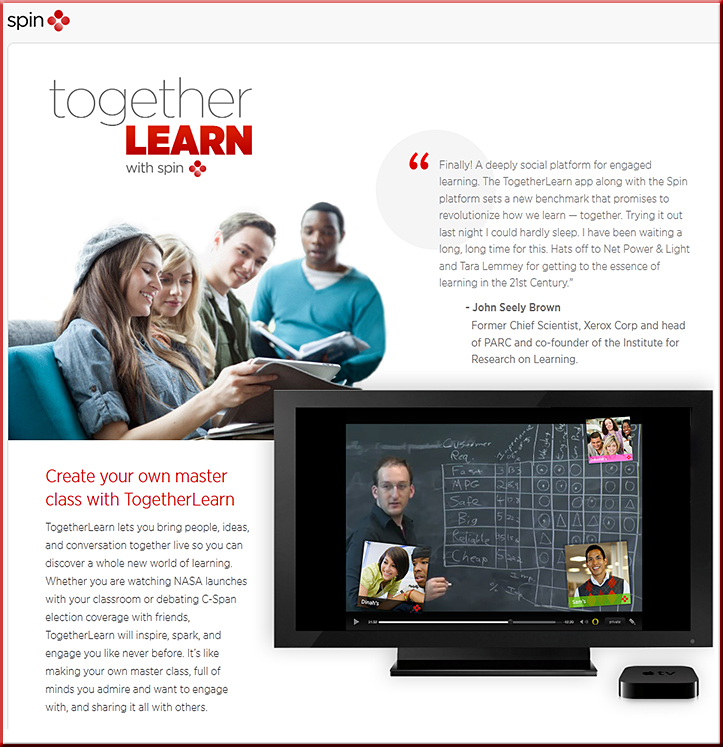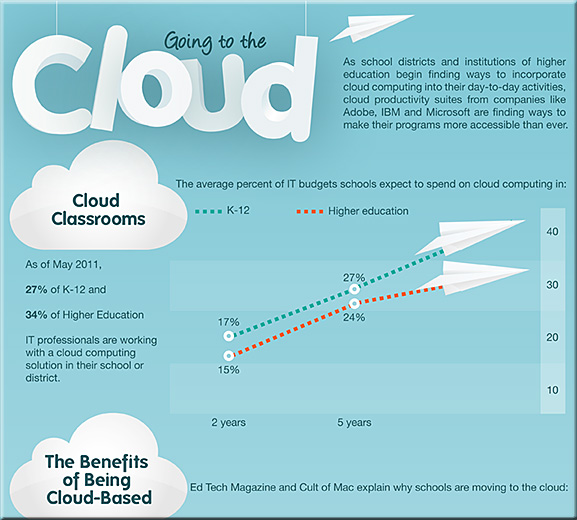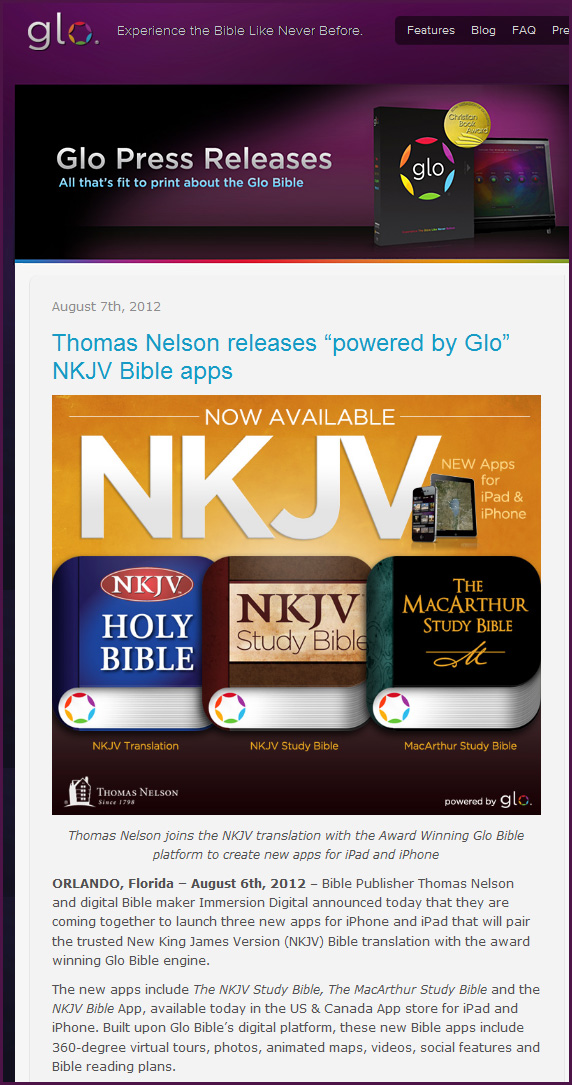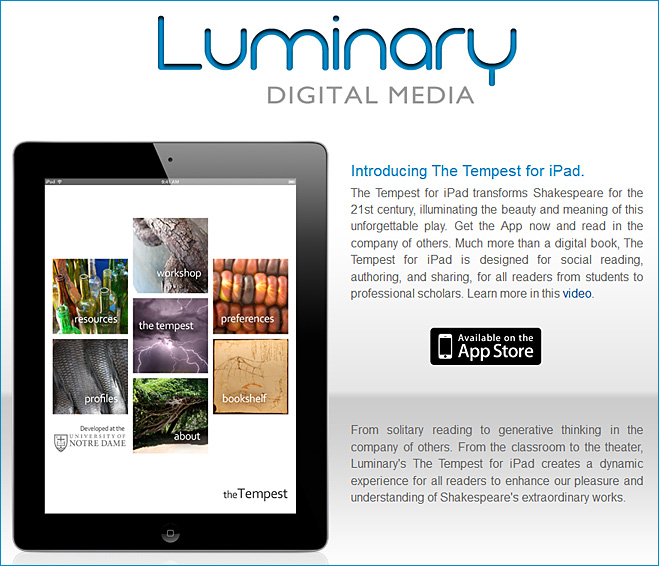IBM working on Watson app for smartphones — from extremetech.com by Sebastian Anthony
Excerpt:
After conquering Jeopardy, battling patent trolls, and chasing down health insurance fraudsters, IBM now plans to bring Watson to smartphones. Watson is an artificial intelligence that is capable of answering very complex questions using natural language answers. In essence, IBM is hoping to build a better, faster, and more professional/enterprisey version of Apple’s Siri, the voice-controlled assistant that debuted on the iPhone 4S.
.

Watson, come here: A clue to cancer! — from jumpthecurve.net by Jack Uldrich
Excerpt (emphasis DSC; regarding the video there, I don’t think we can so easily access/create/contain “wisdom”):
Last year, I published my top ten trends in health care. Number Five on the list was “artificial intelligence.” Specifically, I addressed the ability of IBM’s “Watson” supercomputer to revolutionize diagnosis.
Well, the folks at Memorial Sloan-Kettering have now hired Watson. If you’re in the healthcare industry, I can’t encourage you strongly enough to watch the following two-minute video because it points toward the future of cancer diagnosis.
As one of the physicians says in the video, “This is beyond evolutionary, this is revolutionary!” He goes on to add, “This could totally change the way we conduct medicine.”
Excerpt:
IBM would like big enterprise customers to reconsider that whole distributed “private cloud” thing and go back to the original big data solution: mainframes. Today, IBM unveiled the zEC12, its next generation of the System Z mainframe platform. And like the Borg, IBM is hoping that companies will let the zEC12 assimilate their virtualization environments into a big, black cube.

Active in Cloud, Amazon reshapes computing — from The New York Times by Quentin Hardy
Excerpt:
SEATTLE — Within a few years, Amazon.com’s creative destruction of both traditional book publishing and retailing may be footnotes to the company’s larger and more secretive goal: giving anyone on the planet access to an almost unimaginable amount of computing power.










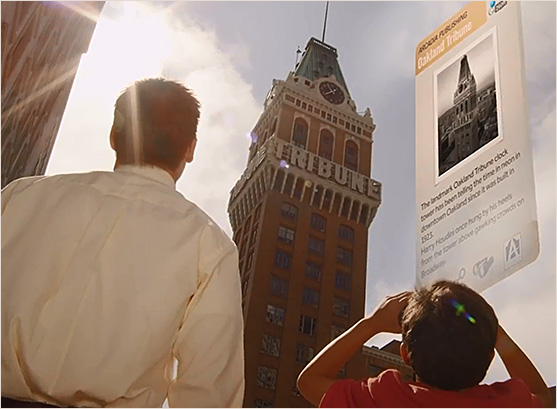
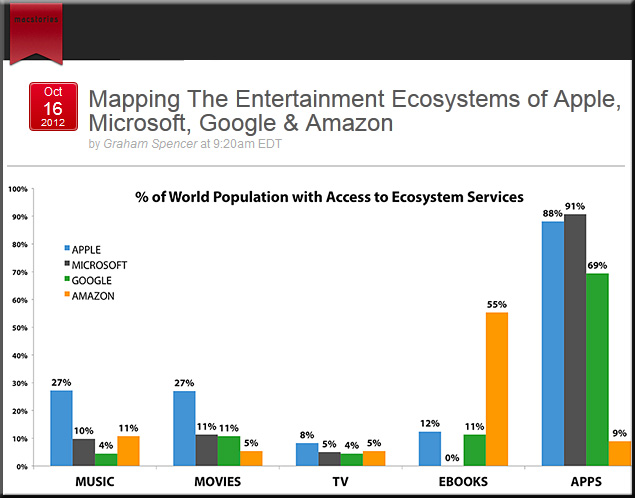
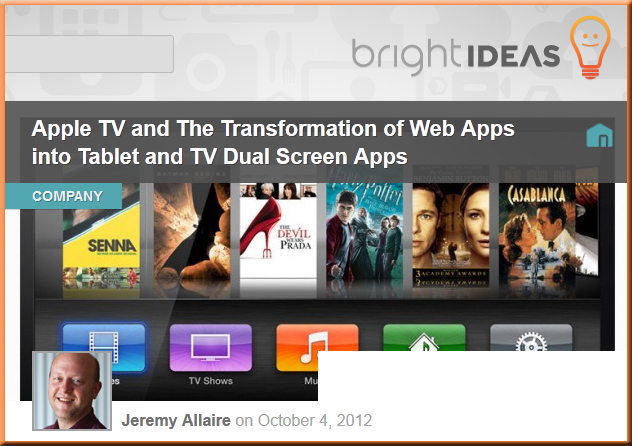
![The-Living-Class-Room-Daniel-S-Christian---July-2012 The Living [Class] Room -- by Daniel Christian -- July 2012 -- a second device used in conjunction with a Smart/Connected TV](http://danielschristian.com/learning-ecosystems/wp-content/uploads/2012/07/The-Living-Class-Room-Daniel-S-Christian-July-2012.jpg)

